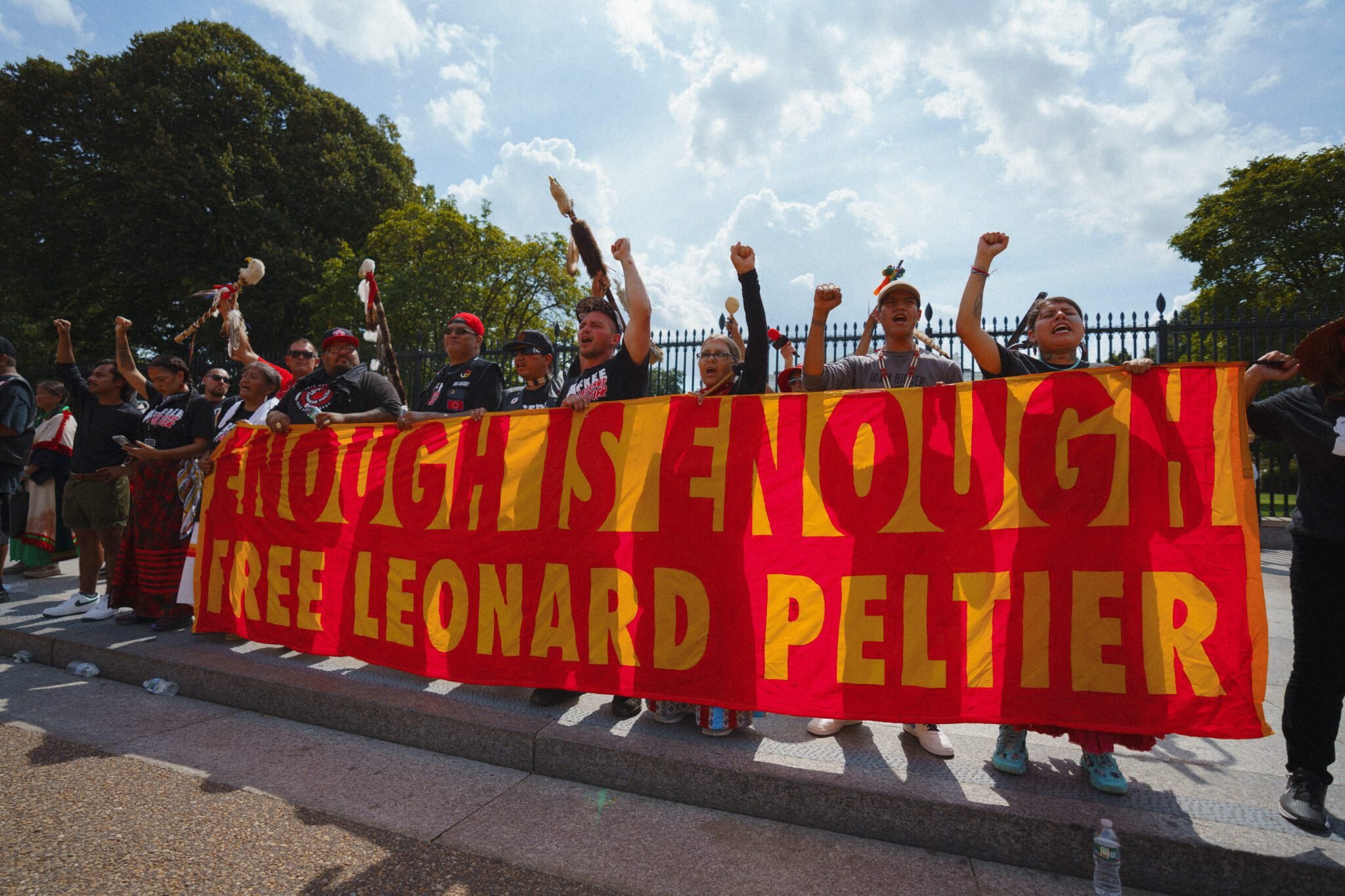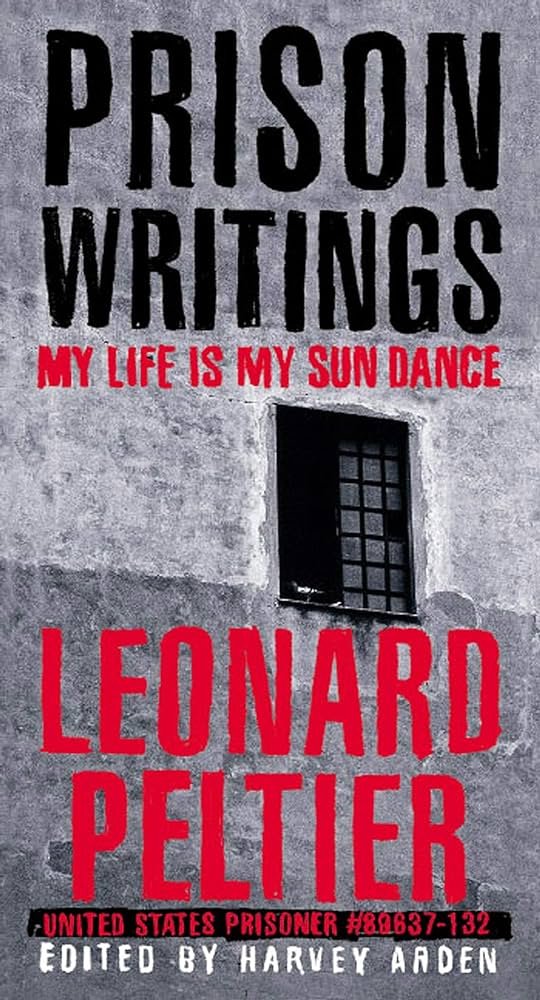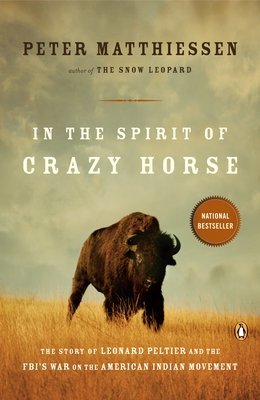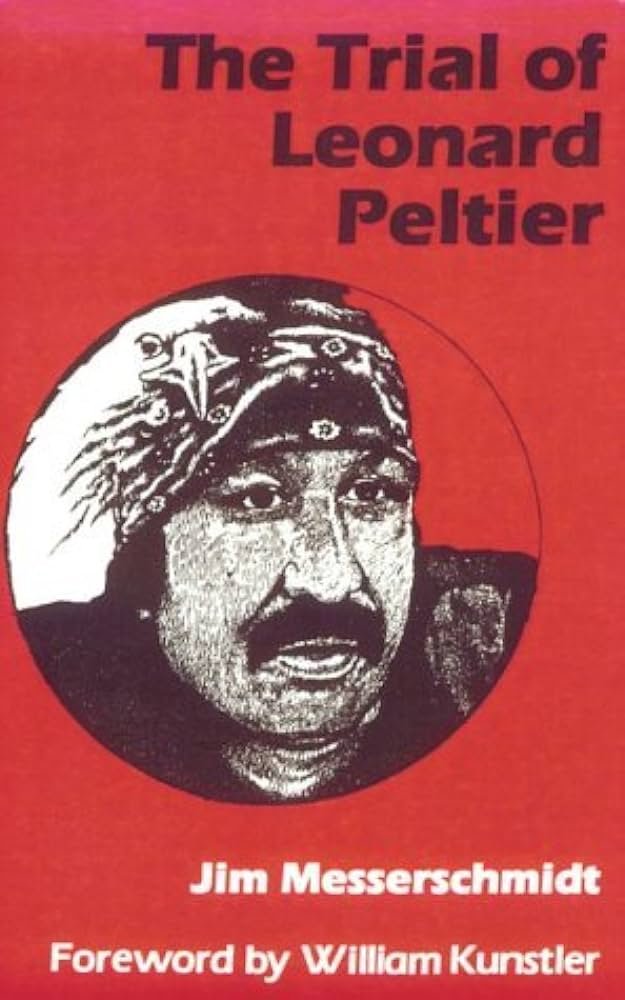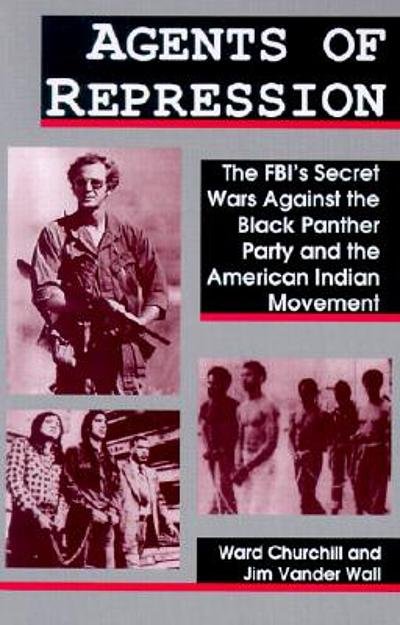Leonard Peltier is an Indigenous activist and member of the Anishinaabe and Dakota/Lakota Nations whose case has drawn sustained attention from human rights advocates, legal scholars, and Indigenous communities for nearly half a century. Peltier was convicted in 1977 of the fatal shooting of two Federal Bureau of Investigation (FBI) agents during a 1975 confrontation on the Pine Ridge Indian Reservation in South Dakota, a period marked by intense conflict between the American Indian Movement (AIM), tribal factions, and federal authorities. Over the ensuing decades, numerous observers raised concerns about the fairness of his trial, the handling of key evidence, and due process issues that have become central to his legacy as a contested figure in U.S. criminal justice history.
Peltier’s case became a global flashpoint, emblematic for many of broader systemic issues facing Indigenous peoples, including persistent inequities in legal proceedings and law enforcement practices. Amnesty International, Tribal Nations, and a range of international figures — including Nobel Peace Laureates, faith leaders, and former public officials — repeatedly called for clemency, questioning whether his continued imprisonment served the interests of justice. (Amnesty International USA)
Timeline of Key Events
1975: A confrontation on the Pine Ridge Reservation leads to the deaths of two FBI agents. Peltier is later arrested in Canada and extradited to the United States to face charges.
1977: Peltier is convicted in U.S. federal court on two counts of first‑degree murder and receives two consecutive life sentences.
1990s–2020s: Despite multiple appeals and periodic petitions for parole or clemency, Peltier remains incarcerated for decades. Critics and supporters alike highlight procedural irregularities and health concerns as factors in ongoing advocacy for his release.
January 19, 2025: In one of the final acts of his presidency, President Joe Biden commuted Peltier’s life sentences, converting them to indefinite home confinement. This clemency allowed Peltier, then 80, to leave federal prison and return to his home community.
February 18, 2025: Peltier walked out of FCI Coleman in Florida and began living under home confinement, enabling him to reunite with family on the Turtle Mountain Reservation in North Dakota after more than 49 years in custody.
Since his release, Peltier has given public interviews and begun adjusting to life outside prison, though under the terms of his commutation he remains subject to restrictions on movement and monitoring that differentiate home confinement from full legal exoneration. (PBS)
Context and Ongoing Discussion
While Peltier’s sentence commutation has been welcomed by many Indigenous leaders, human rights advocates, and scholars as a corrective measure to longstanding concerns about his case, it has also prompted broader reflection on the U.S. criminal justice system, the historical treatment of Native nations, and the role of executive clemency in addressing past injustices. His life and legacy continue to be debated in legal, academic, and cultural arenas, and his story remains intertwined with ongoing conversations about historical accountability and Indigenous sovereignty.
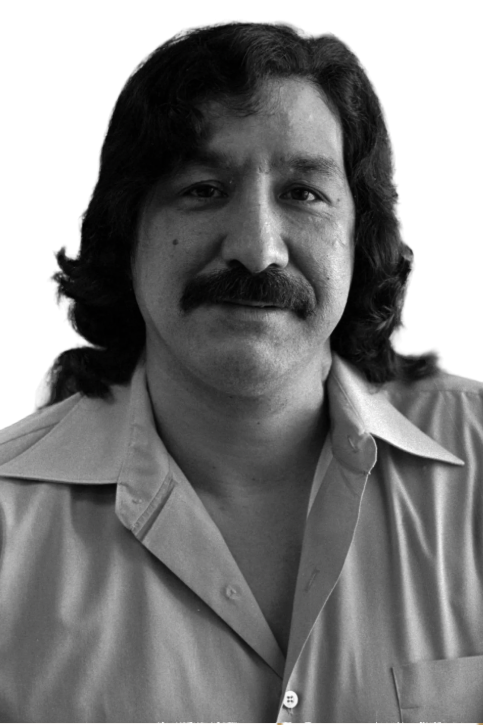
THE ART OF LEONARD PELTIER
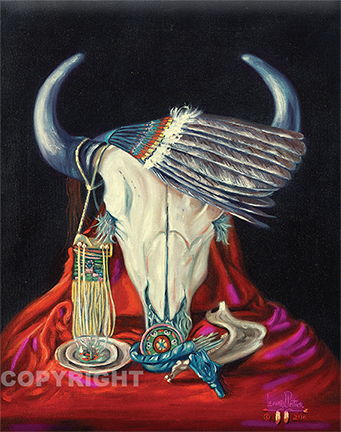

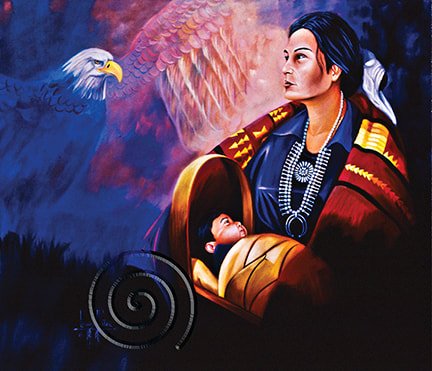



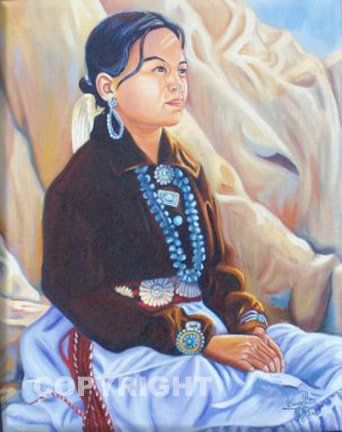
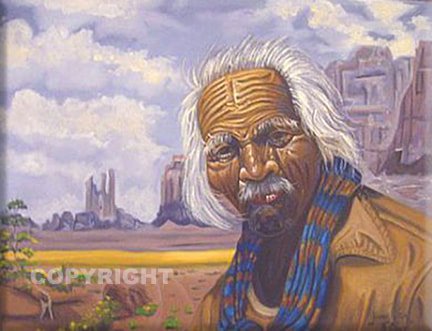
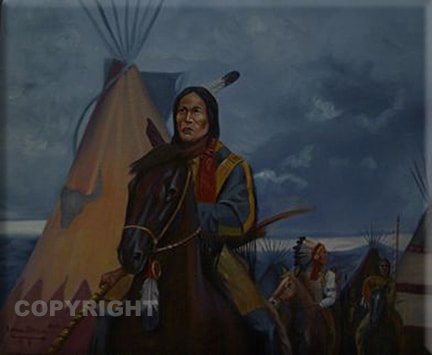
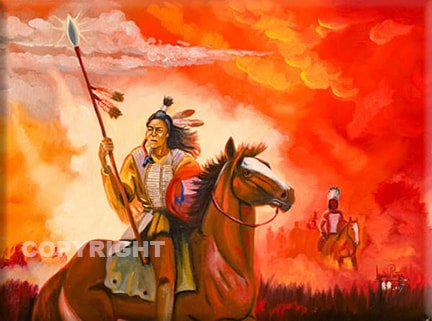
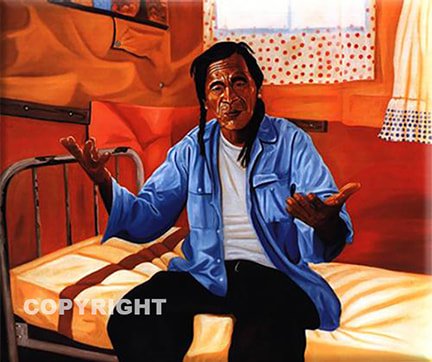
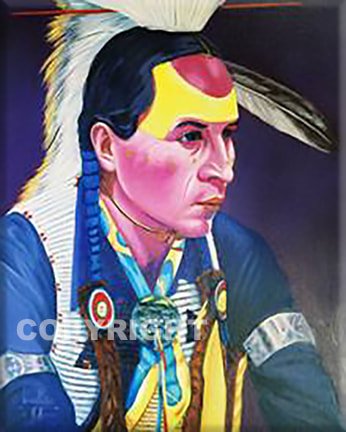
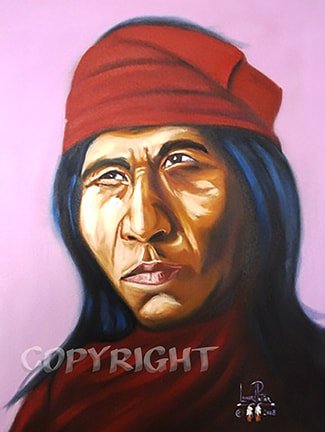
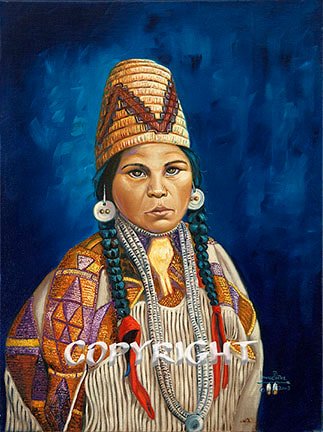


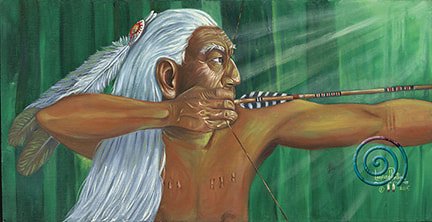
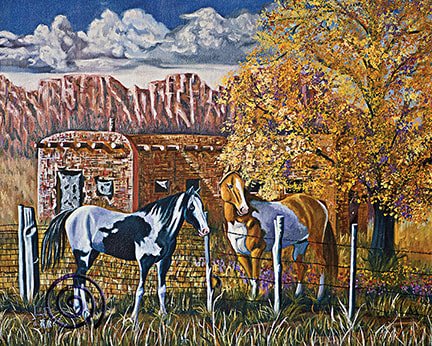

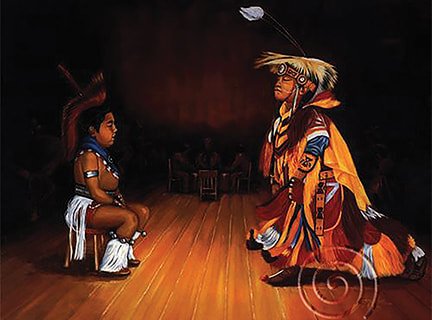
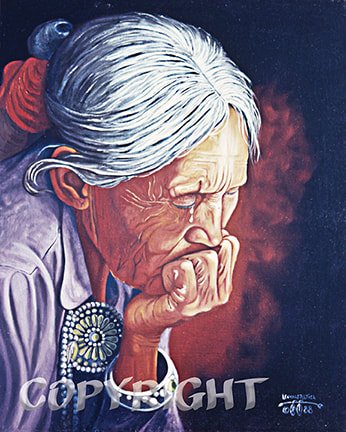
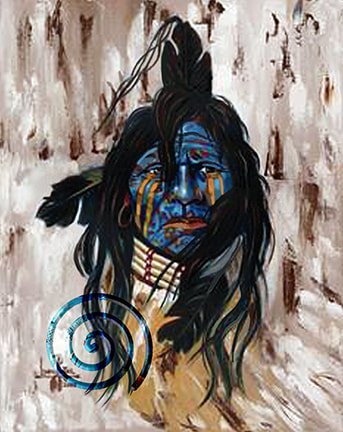
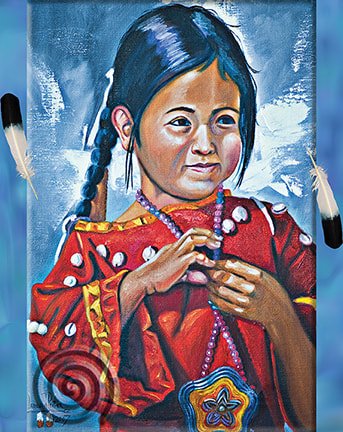

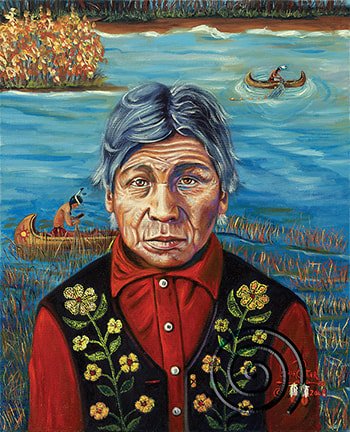
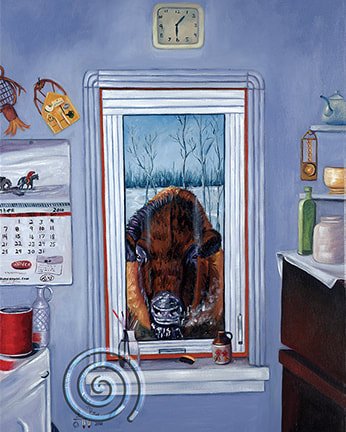
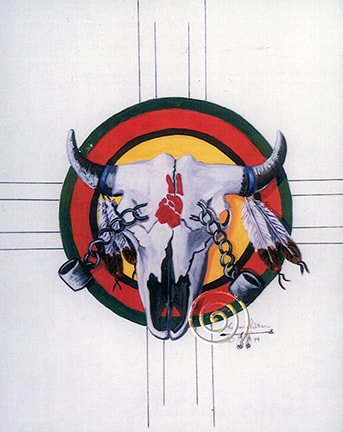
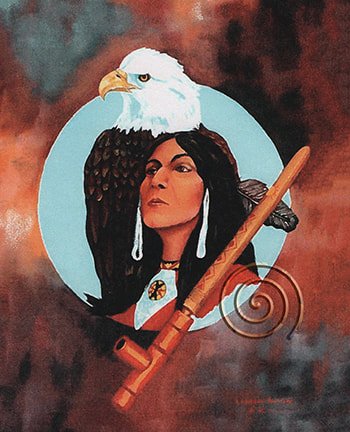
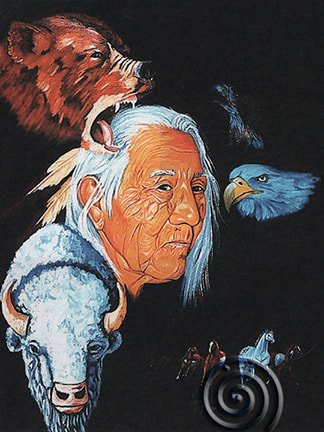
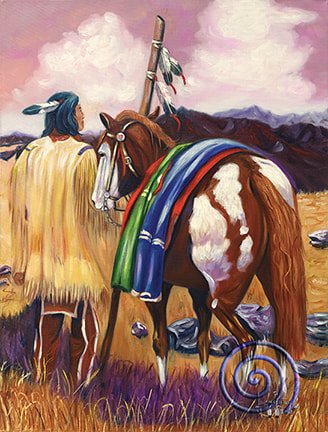
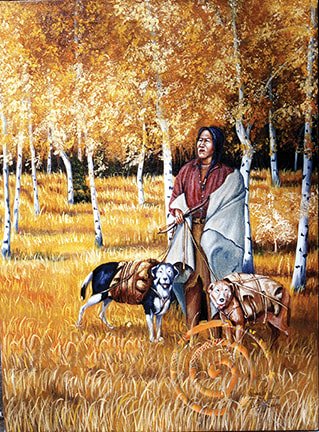

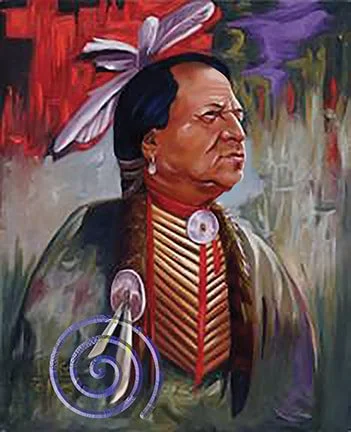

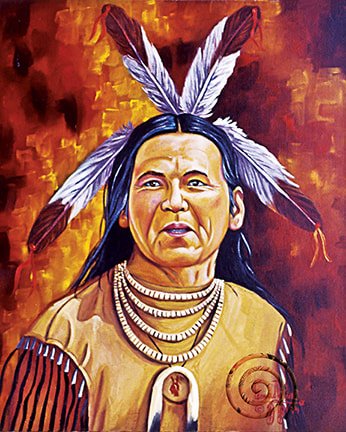
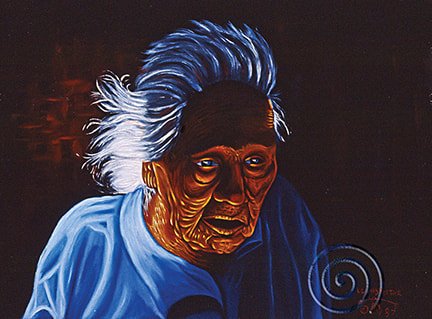

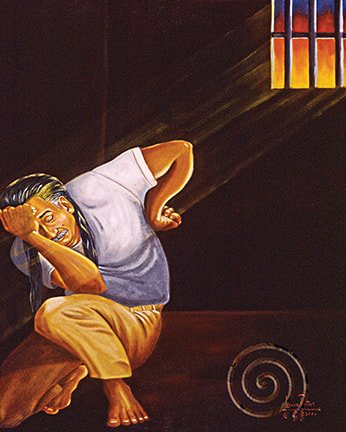

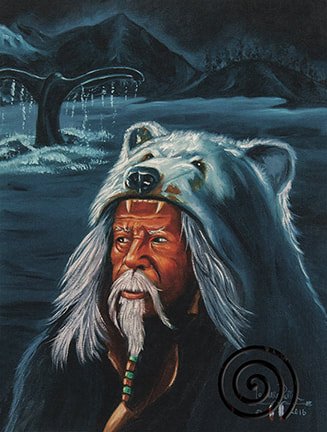

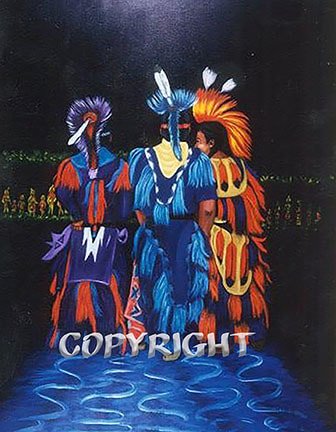


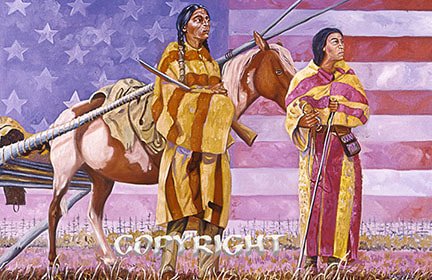
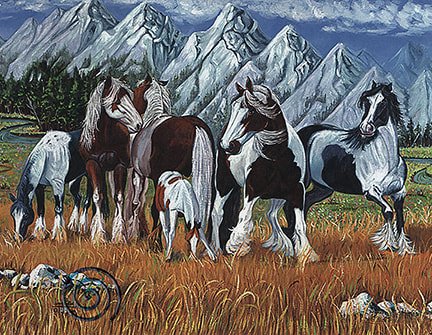
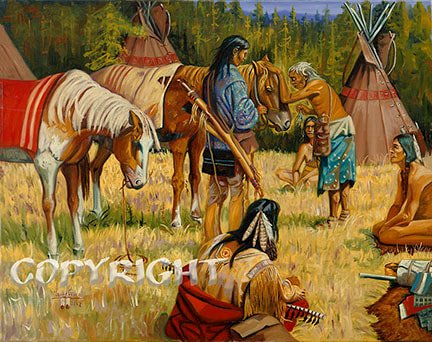
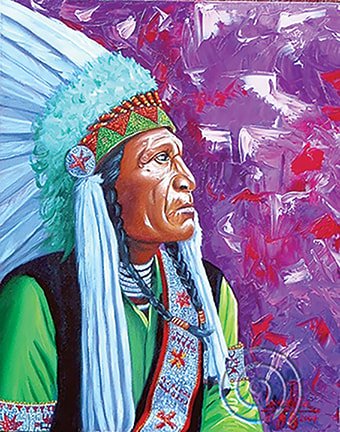

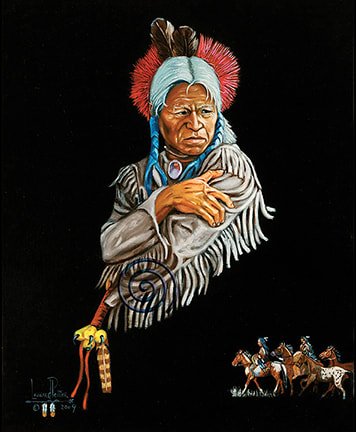
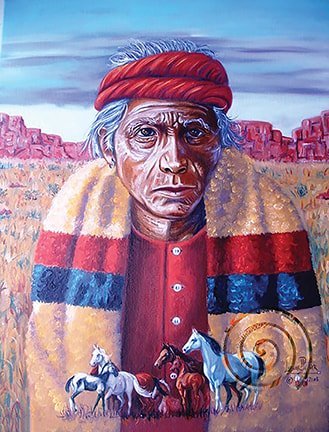
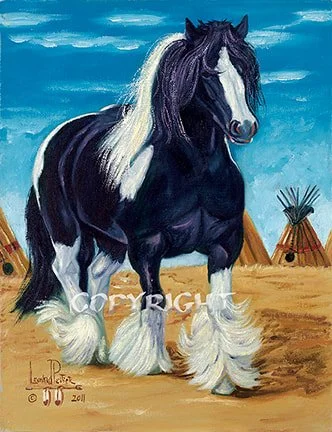
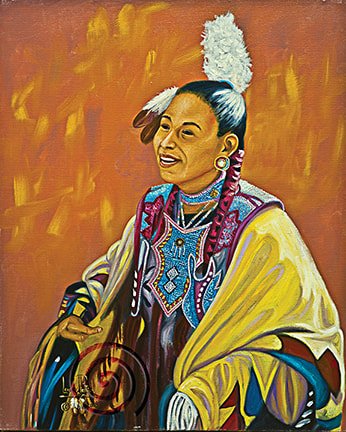
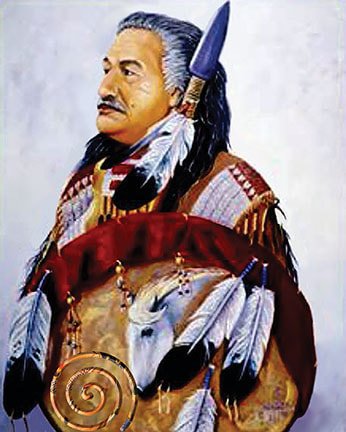
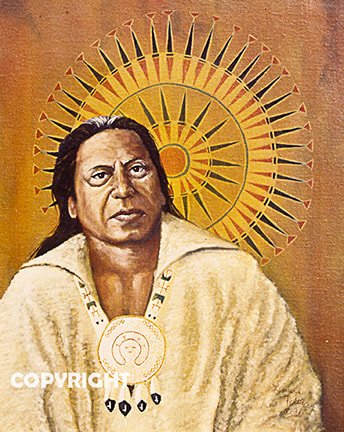
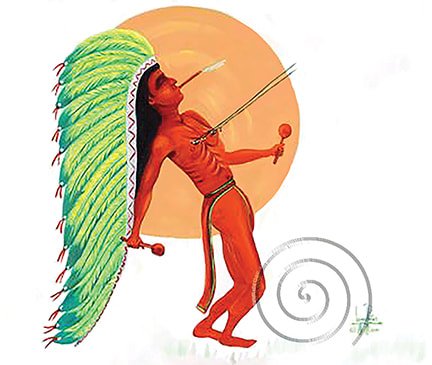
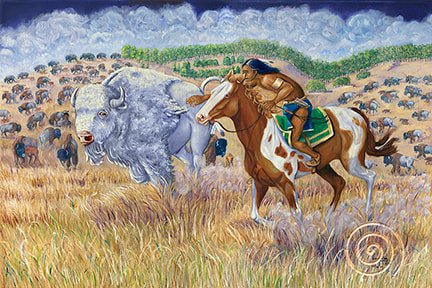
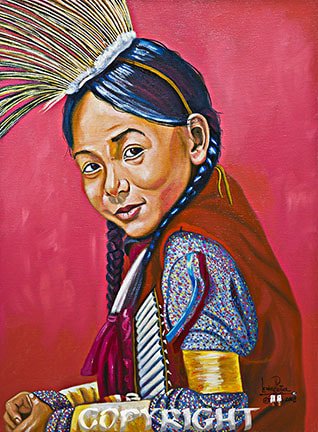
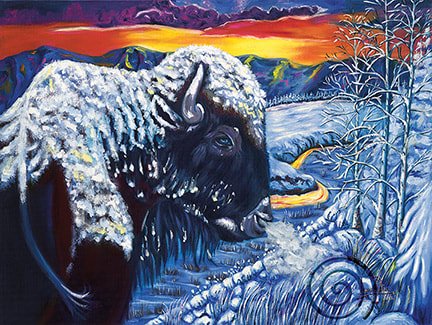
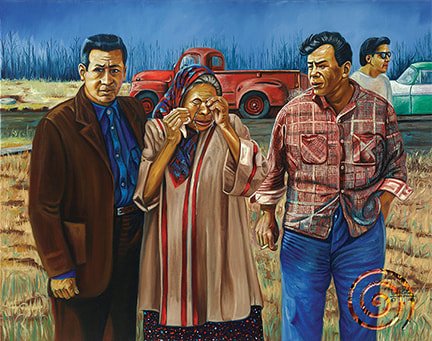
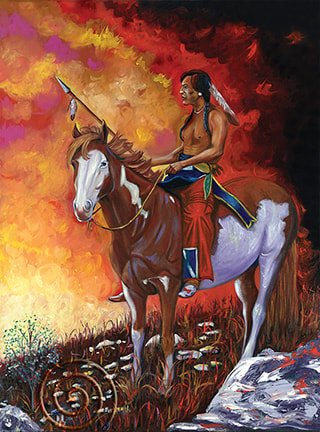

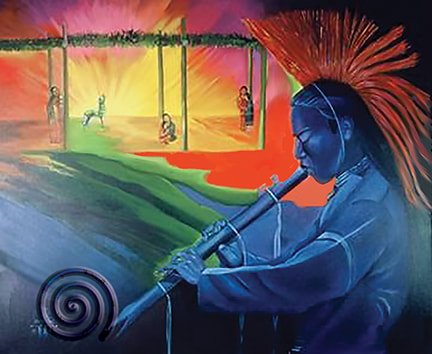
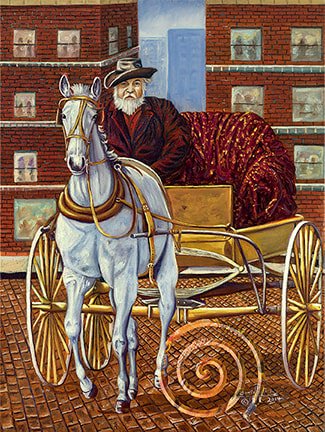
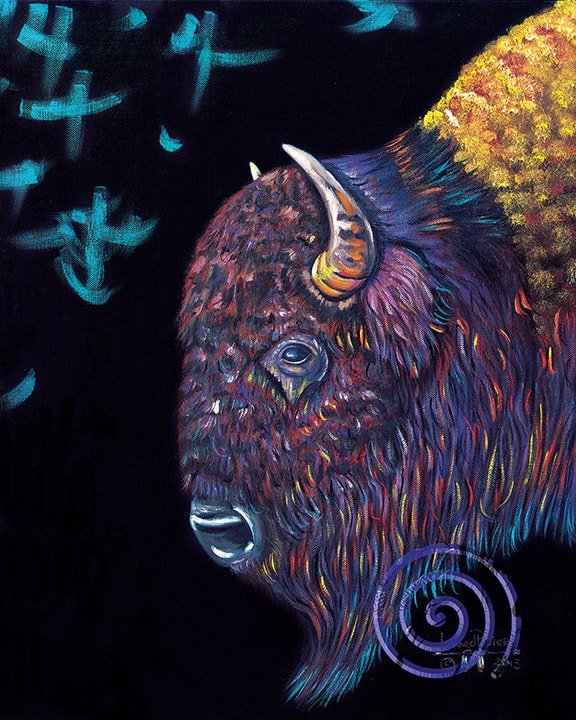

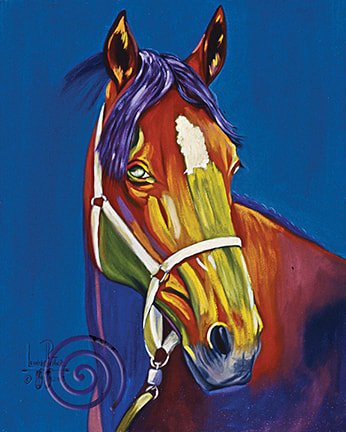
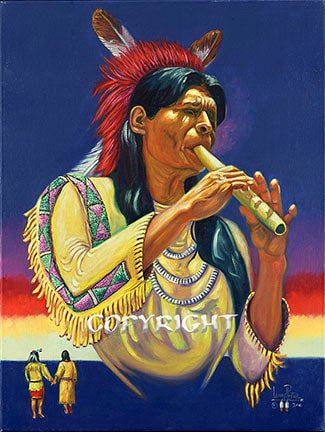

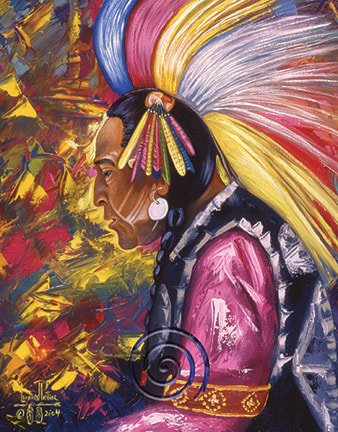
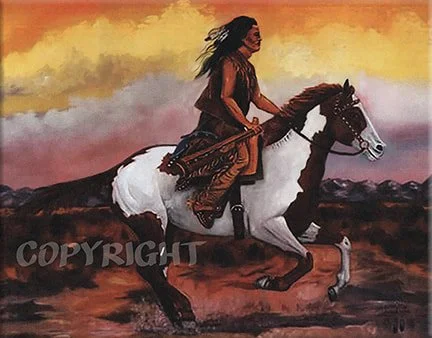
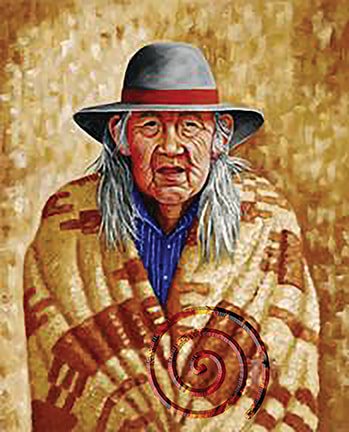

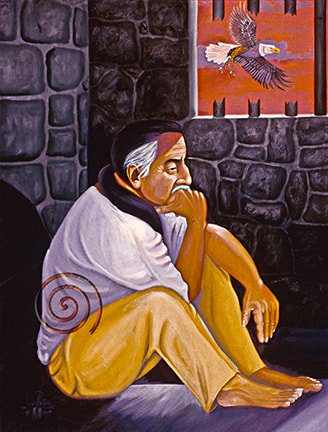
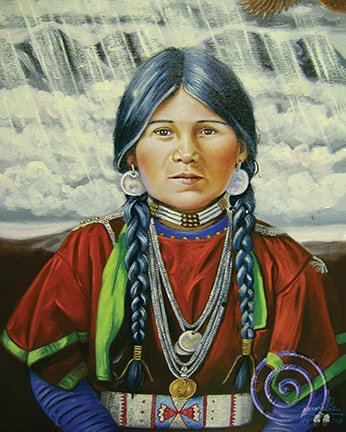
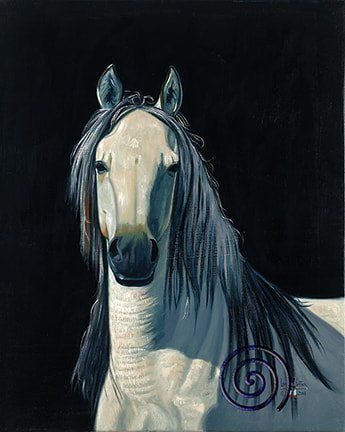

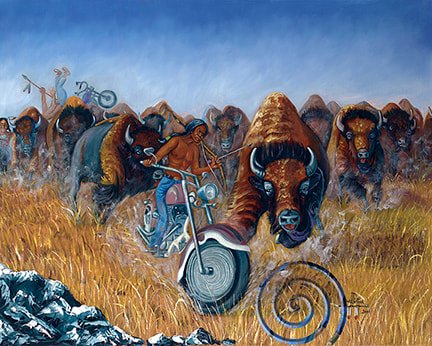

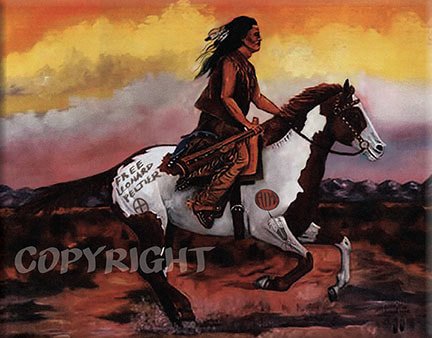

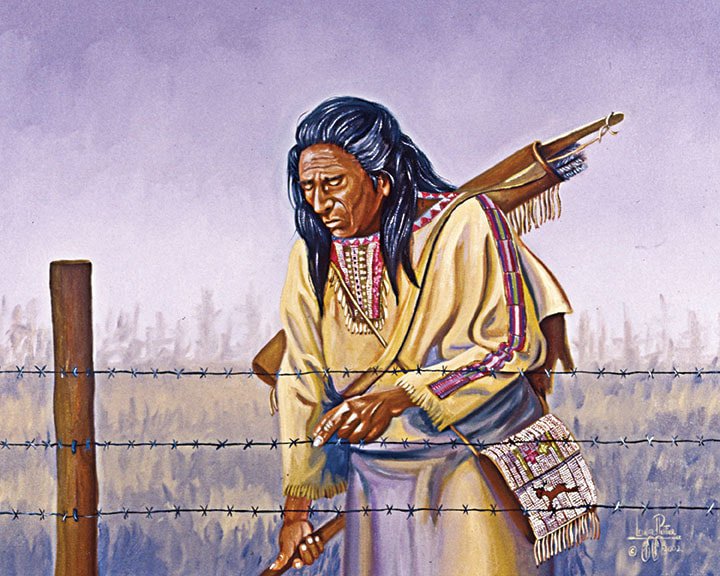
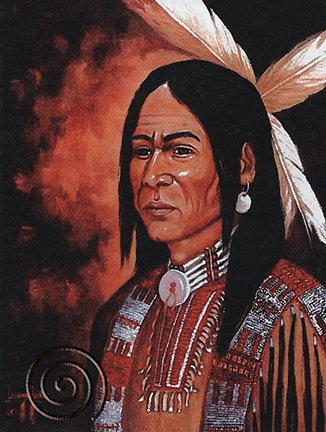
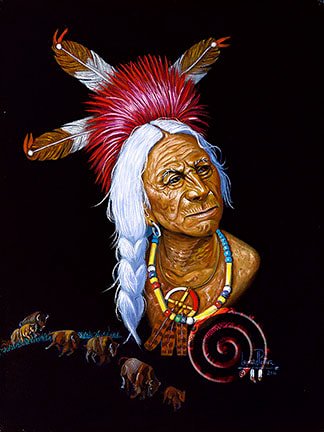


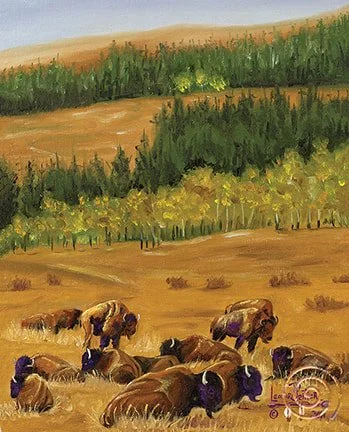
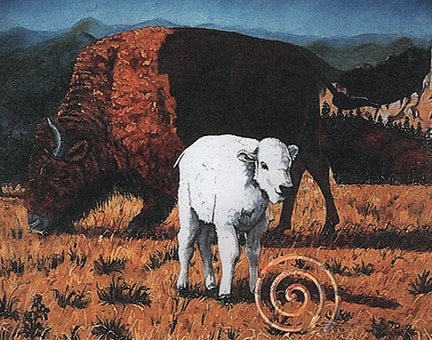

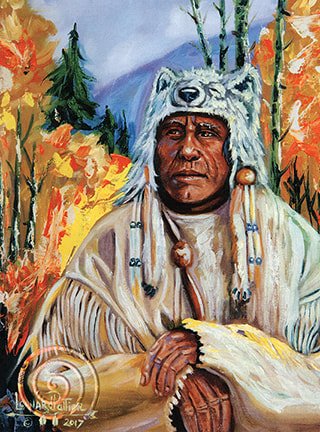
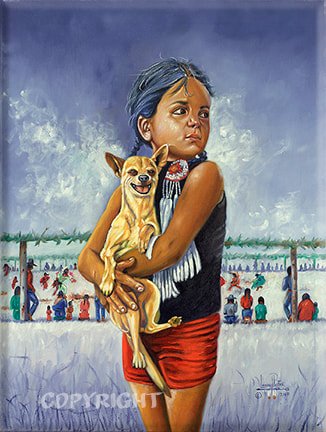
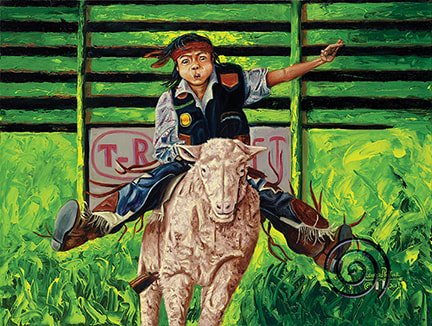

Original paintings depicting Native Tribal life, culture, and spirit.
For all of his beautiful, Ancestral life artwork to support Leonard,
go to:
https://www.lphawkmanii.org/artwork
O
The Story In Motion
Every video tells part of the story.
Leonard Peltier’s story has been shared with millions worldwide through powerful short documentaries, investigative media, and justice campaign videos. Produced by journalists, human rights organizations, and advocates, these films preserve the truth, amplify unheard voices, and continue to fuel a global call for justice.
Together, these videos provide insight, context, and perspective, offering viewers a clearer understanding of the case and its enduring significance.
